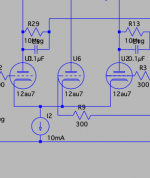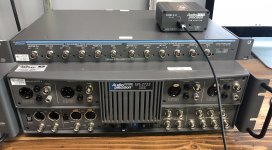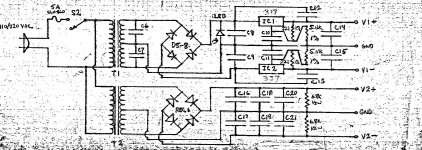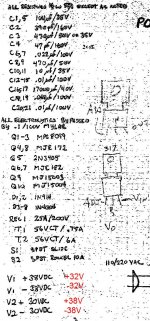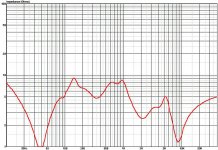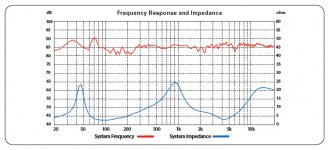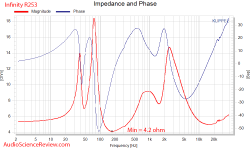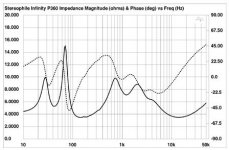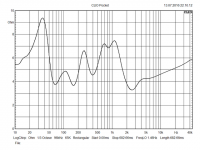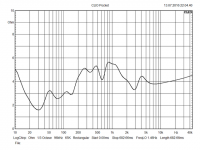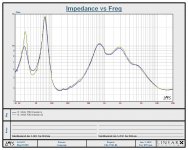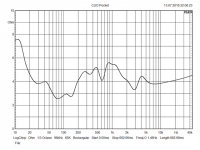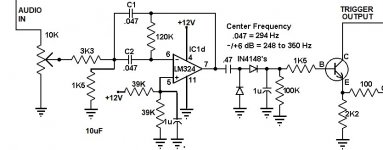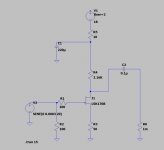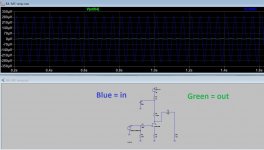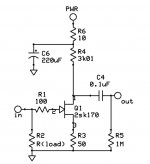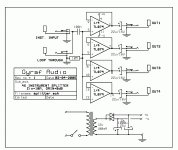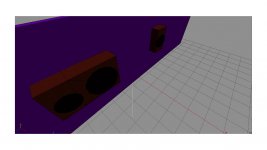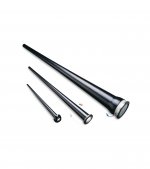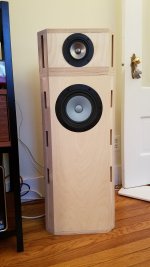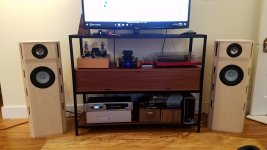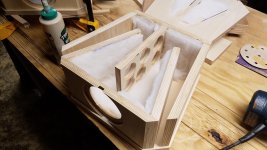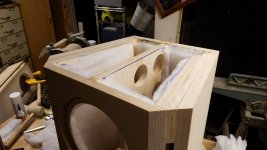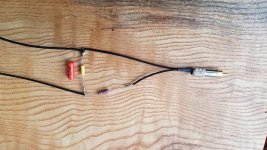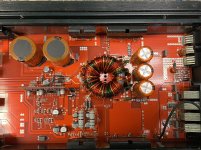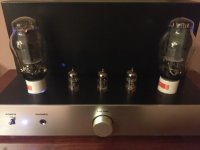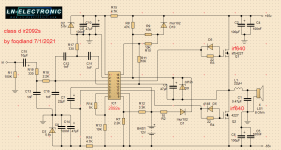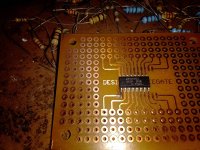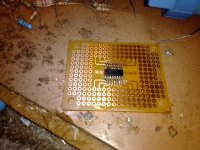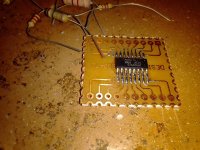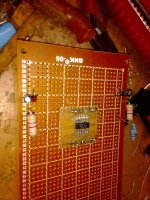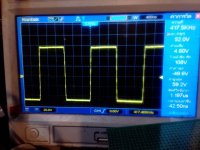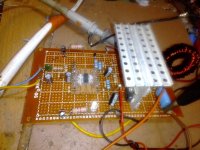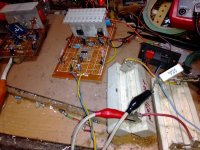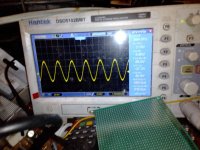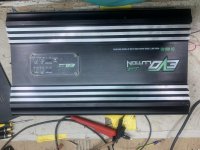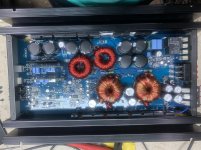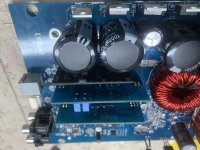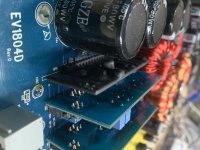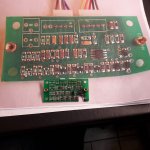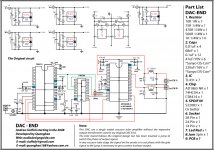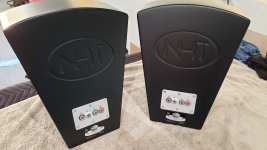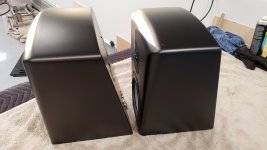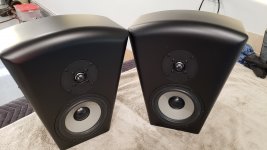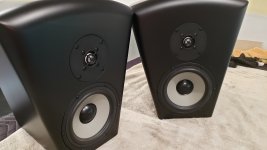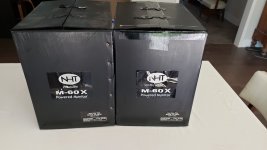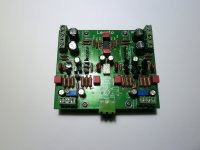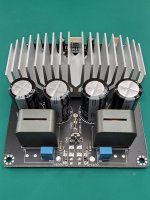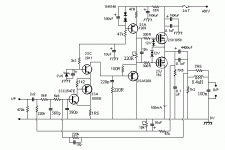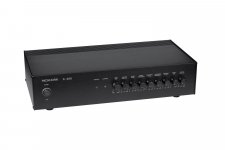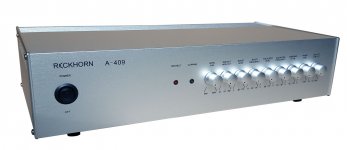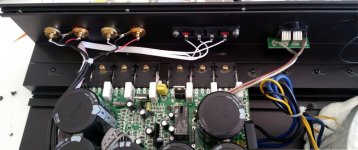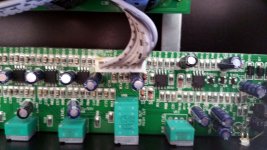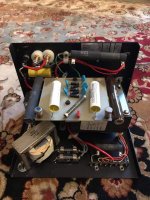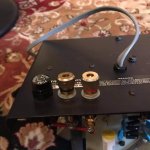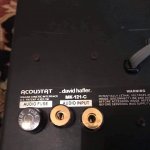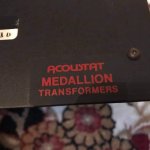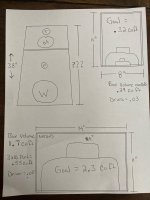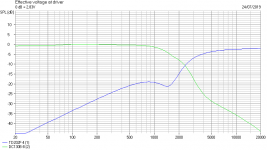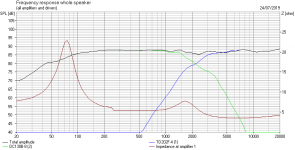I’ve been enjoying my homebrew WAW speakers for a couple of years. When I built them I knew absolutely nothing about speaker design so I looked around for a design I could copy. Omega speakers had a good reputation, so I made a version of one of his Outlaw speakers using a Fostex F120a and a Dayton 8” sub. It sounded good enough that I was satisfied for a while but, reliable as the sunrise, the itch for something better soon reared its expensive head so I started a thread:
Am I getting the most from my Fostex F120a WAW?
The short answer to my question was yes.
And no.
Lots of reading and advice later, I realized that I still didn’t know a thing about speaker design so I decided to try one of the Planet 10 designs using Mark Audio drivers. Dave was incredibly patient and generous with his knowledge, both on the thread and in 50-odd emails during the build process. This weekend I finished gluing up the cabinets, installed the drivers and…..wow.
The cabinets aren’t veneered yet, and the drivers still have some breaking in to do, but these are already in an entirely different league from my previous speakers. So much more dynamic, with absolutely no shout. The bass I was so concerned about is there in profusion. I really didn’t think the 12pw would compare to the Dayton sub and I was right, but in the wrong way. There is so much bass that I may have to plug up a vent or two to settle it down. I’ll play with positioning and give them more time to break in first, but this driver/enclosure combination defies imagination. They are also MUCH faster than the Daytons. I had the 7.3 enclosures done a week or so ago and, paired with them, the Dayton sounded geologically slow. The speed and extended range of the 12pw, on the other hand, matches beautifully with the 7.3. Almost like they were meant to work together…..hmm.
The woodwork is far from perfect, but I don’t think my mistakes have any effect on the sound. They were time consuming but not especially difficult to make, though I will admit that my newly-acquired track saw made it infinitely easier than it would have been using my contractor-grade table saw. Safer too.
I also made some PLLXOs as part of this project. They were done a few weeks ago and made a HUGE difference from the start, even with the old speakers. With the new drivers I can really hear the extended range of the 12pw. The midrange is filled out more completely, without a discernable gap in the handoff from one driver to the other.
Now to select the veneer, and decide whether I’m going to do the sides in black (think Devore O/96) or veneer them the same as the front baffle.


